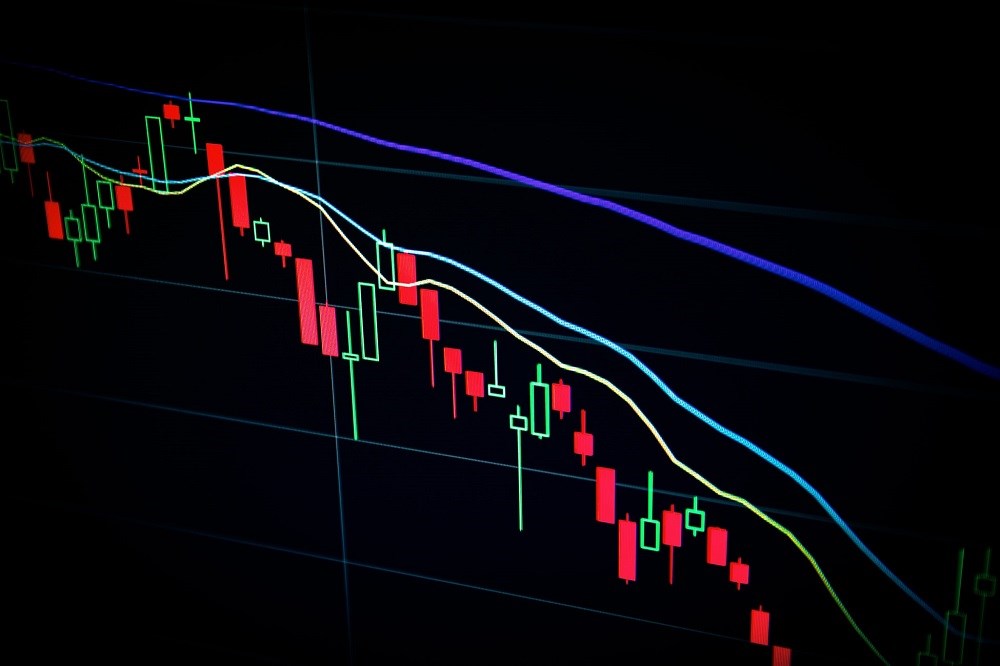
The concept of a meme stock is a new one, and there’s no single definition or official designation. Instead, a meme stock label is a part of the language of the internet.
A meme is a way for social-media users to quickly communicate an idea, style, trend, or behavior, usually through a combination of an image and a catchphrase.
Meme stocks are stocks that see dramatic increases in price, mostly fuelled by social-media discussions on Reddit and Twitter. Trading in these stocks is usually driven by short-term buyers and sellers. And because these stocks rarely have business fundamentals to support huge jumps in price, they tend to experience huge price swings.
The rise of meme stocks is partly due to FOMO, or fear of missing out, which is often fueled by social-media accounts of traders touting the money they’ve made on such investments.
The first prominent example of a meme stock in 2021 was struggling video game retailer GameStop (GME). The stock traded $19 per share at the start of the year, but by January 28, it hit an all-time high of $483 per share.
Many meme stocks experience huge rallies that are fuelled by what is called a “short squeeze” on Wall Street. A short squeeze is the result of frantic buying by traders who have bet that a stock is overpriced and will fall in price. They make these bets by essentially selling shares of stock that they don’t own in hopes of buying it at a lower price. (This is known as going “short” a stock.)
But when a stock starts to move higher, the shorts can suffer huge losses, and investors are forced to buy at higher and higher prices to exit their trades. This leads to a rally that can take a stock far above what investors may view as an appropriate value based on underlying fundamentals.
But once the upward momentum runs out and the stock starts to turn down, the reverse can happen and the stock price can plummet as those who bought on the way up scramble to unload the now overpriced shares.
As if that wasn’t enough, price swings on meme stocks can be further magnified by traders who use leverage, in other words, borrowed money, such as margin accounts, which also serves to magnify the traders’ losses and gains. Stocks with heavy trading in options can also be vulnerable to high levels of price volatility.
But before choosing to invest in individual stocks, whether it’s a meme stock or even a high-quality stock, it’s important to determine your own financial goals and how individual stocks may or may not fit into your investment strategy. Here are some basic questions to ask yourself:
Should I Invest in Stocks?
First, you should develop an asset allocation based on your financial goals. Your asset allocation is your portfolio's blend of stocks, bonds, and cash. Most research suggests that setting up the right asset mix is more important than choosing great investments. Determining your asset allocation is easier than ever before, thanks to a variety of online calculators and tools. Here’s our guide to asset allocation.
As part of this, investors should consider two variables: risk capacity and risk tolerance.
Risk capacity is how much risk you can take without needing to change your plan. Young people who are saving for retirement have high risk capacities. People who are about to retire have lower ones, though they still need to take some risk to ensure that their money will last. Risk tolerance relates to how you feel when the market is volatile. It tends to be less important than risk capacity. But if your risk tolerance is so low that there's a chance that you'll throw out your plan when the going gets tough, risk tolerance is important, too.
How Do I Pick Stocks?
At Morningstar, we take an owner-oriented approach to stock investing. When you buy a stock, think of yourself as a partial owner of the company. It's important to understand a company's fundamentals before purchasing its shares. We consider three basics when we think of buying shares:
1) Competitive Advantage
2) Worth
3) Safety
We have specific ratings to help you determine each of these basics. Here’s a rundown.
Competitive Advantage: We capture our opinion of a company's competitive advantages in the Morningstar Economic Moat Rating. Some companies have specific attributes that can effectively fend off competitors and earn high returns on capital for years to come. A company whose competitive advantages we expect to last more than 20 years has a wide moat; one that can fend off rivals for 10 years has a narrow moat; while a firm with either no advantage or one that we think will quickly dissipate has no moat.
Worth: Use our fair value estimates for our take on what we think a company's shares are worth. We calculate fair value estimates by determining the present value of how much cash flow we think a company will generate in the future. Our fair value uncertainty rating, depicted as low, medium, high, very high, or extreme, depicts the level of uncertainty around our fai value estimate, based on things like a company's sales predictability, operating and financial leverage, and exposure to contingent events.
Safety: The Morningstar Rating for stocks indicates whether a stock is undervalued (4 or 5 stars), fairly valued (3 stars), or overvalued (1 and 2 stars) based on where a stock's market price is relative to our fair value estimate, adjusted for uncertainty.
Morningstar Ratings Explained
For these measures, Morningstar’s coverage of stocks can be divided in two: companies covered by Morningstar analysts and companies without analyst coverage that instead have a Morningstar Quantitative Rating. This rating is noted with a superscript Q on our stock pages. Meme stocks have so far fallen into the latter category.
This quantitative rating calculation is generated by a statistical model and updated daily. It is based on 11 data points in order to arrive at a fair value estimate based on our analyst-driven estimates. One key variable in the quantitative rating calculation is the stock’s previous day closing price. Because of this emphasis on the prior day’s closing price, the significant intra-day price swings that meme stocks often experience can cause the appearance of short-term distortions in the quantitative rating. But we believe that even for the most volatile stocks, the quantitative rating provides directional information for investors on the relative value of the stocks.
An ideal “buy” would be a company that has a significant competitive advantage that is also undervalued, meaning a 5-star stock with a wide moat. In the UK, only two stocks fit into this category and they are both in the tobacco industry: British American Tobacco (BATS) and Imperial Brands (IMB). BATS featured in our series on cheap stocks earlier this summer. Here’s the Morningstar screener for 5-star stocks and you can filter by economic moat easily.
Should I Buy Meme Stocks?
In general, stocks in this category are not what Morningstar considers to be a long-term investment. Instead, meme stocks should be considered from the viewpoint of a short-term trader willing to speculate on a stock's momentum up or down and, importantly, able to weather a significant loss.
Rocket ships will eventually burn out of fuel, and you certainly don’t want to be the last one buying.
Data journalist Jakir Hossain contributed to this article.





























